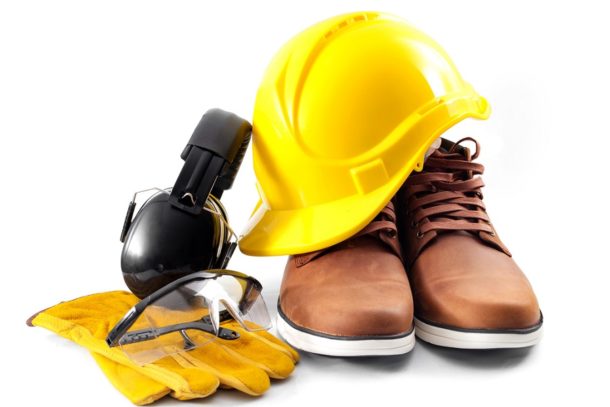Safety is a crucial priority in every workplace, but it becomes a particularly pressing concern in high-risk environments, especially when working at high elevations. The hazards of working at heights are well-documented and include falls, slips, and trips, among others. In such an environment, ensuring the safety of workers is essential, particularly for those whose job involves working at height.
Whether working on a building construction project, cleaning windows on a skyscraper, or painting a bridge, workers who perform tasks at heights need specialized gear from Lakeside Hire to safeguard them against fatal injuries. Therefore, employers must take proactive steps to protect their employees from falls, slips, and trips when working at height. Workers need to be equipped with the right tools to carry out their job safely, and preventing accidents is worth all the effort.

Identifying Hazardous Environments
Protecting workers in high-risk environments is a critical responsibility of every employer. The successful management of hazards requires a systemic and sustained approach that is geared toward identifying and mitigating potential risks that could lead to accidents and injuries. One of the most important steps in this process is identifying hazardous environments. This involves an objective and detailed assessment of the workplace environment to identify potential hazards to workers, such as unstable surfaces or dangerous machinery.
Assessing Risks and Making Adjustments
Assessing risks and making adjustments are crucial steps in protecting workers in high-risk environments. Employers have a responsibility to identify and analyze potential hazards associated with their work sites and to develop strategies to mitigate them. This process can involve conducting risk assessments, creating safety protocols, and training staff on best practices for working at heights. Making adjustments may include the following:
- modifying equipment or work processes
- selecting appropriate protective gear
- regularly reviewing and updating safety procedures
Effective risk assessment and adjustment require collaboration between employers and employees, with a focus on identifying and resolving any possible dangers before they can cause harm.
Utilizing Appropriate Equipment
When working in high-risk environments, appropriate equipment is essential for protecting workers from hazards related to height. This equipment should be selected based on the specific needs of the job and the hazards present. For example, if employees are working at heights where a fall would be deadly, full-body harnesses or safety nets may be necessary.
Conversely, if the height is only a few feet, guardrails or toeboards may suffice. It is important to select equipment that meets safety standards and is in good condition. Additionally, workers should be properly trained on how to use equipment and should inspect it before each use to ensure it is functioning properly. Utilizing appropriate equipment can greatly decrease the risk of injury or death when working at heights.
Developing Comprehensive Safety Protocols
Developing comprehensive safety protocols is crucial for protecting workers in high-risk environments. The first step is to identify all potential hazards that workers may encounter, such as falls, electrocution, or exposure to hazardous substances. Once these hazards are identified, specific safety measures can be established to prevent accidents and minimize injuries. This may include creating designated work areas, installing safety equipment such as grab bars and harnesses, or developing emergency response plans.
It is important to involve workers in the development of safety protocols to ensure they fully understand the measures put in place and can provide feedback based on their work experience. Regular training and communication on safety protocols must also be a priority to maintain a safe work environment. By developing and implementing comprehensive safety protocols, employers can demonstrate their commitment to employee safety and reduce the risk of accidents and injuries in high-risk environments.
Training Employees in Proper Procedures
Training employees in proper procedures is an essential aspect of ensuring safety in high-risk environments. Regardless of the nature of the work, every employee must be trained on the potential hazards and the protective measures that must be taken. This training should include both theoretical and practical components, such as lectures, hands-on demonstrations, and simulations.
Employees should be made aware of the potential risks specific to their job roles and given clear instructions on how to deal with emergencies. It is essential to provide refresher training as needed to ensure that employees remain up to date with safety procedures and respond effectively in any situation. This investment in training can significantly reduce the risk of accidents, prevent injuries, and support a positive safety culture in the workplace.
In Conclusion
Protecting workers in high-risk environments should always be a priority for employers. Height and hazard safety practices are essential to ensuring the safety of workers in dangerous jobs. Implementing effective training programs, using appropriate safety equipment, and following safety guidelines are some of the ways to minimize the risks. By doing so, employers can show their commitment to the safety and well-being of their employees while creating a safer work environment for everyone.




Join the conversation: